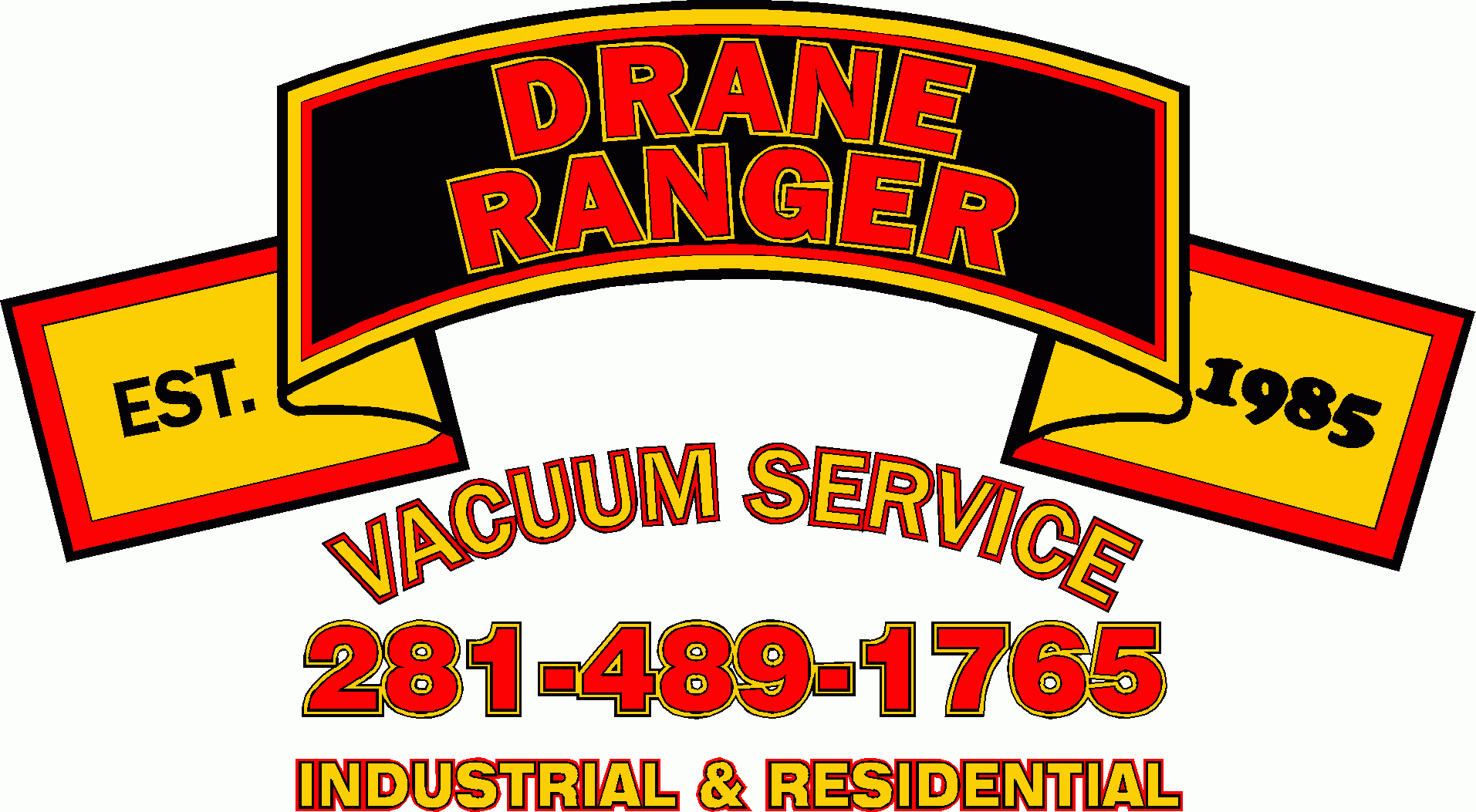In wastewater transport, pumping stations are designed to collect and transport wastewater to a point of higher elevation. Pumping stations are also known as lift stations. Wastewater lift stations in Houston are typically designed to handle wastewater that is fed from underground gravity pipelines and stored in an underground pit or wet well. The wet well is equipped with electrical instrumentation to detect the level of wastewater present.
As many Houston households, businesses, and industries agree, wastewater lift stations in Houston are essential equipment. And a thorough inspection and maintenance of wastewater lift station valves, pipes, pumps, and all other functioning parts is an essential service.
The problem-free and efficient function of the wastewater lift station in Houston is crucially important.
The average sewage system is a lot more complex than some think. It is a multi-step process with many components, all of which work together to manage wastewater. Wastewater lift stations in Houston are important for managing wastewater, raising sewage from lower elevations to higher elevations where gravity makes collecting and separating the waste more efficient.
A wastewater lift station in Houston is a key part of an effective sewage collection system that allows raw sewage to flow underground in sloped pipelines, known as gravity pipelines, and uses gravity to keep costs down. The process of wastewater lift stations in Houston saves a substantial amount of money in the front-end construction and excavation costs of digging for sewer pipes.
Although the function of wastewater lift stations in Houston is important, regular inspection and maintenance of the lift station is also very important, because a wastewater lift station in Houston consists of pipes and multiple working parts and components.
For example, a large commercial facility like a warehouse must monitor its wastewater lift station and schedule inspections and maintenance from licensed professionals. Everything from a power supply to remote monitoring and control must be in good working order, so wastewater can be effectively collected and treated.
Professional wastewater lift stations in Houston maintenance should also include guaranteed safe disposal of sewage and related materials.
In addition to the lift station valves, pipes, pumps, and all other functioning parts, professional maintenance should also include logging and monitoring flow readings, cleaning floats, greasing motors, and testing power supplies and backup generators.
The regular inspection and maintenance can help avoid some common warning signs of wastewater lift stations in Houston trouble.
Debris can accumulate in wastewater lift stations over time, causing slow drainage and interrupting the flow of water. Drainage speed is one of the first indicators of a wastewater lift station problem. Bad odors—also caused by debris accumulation and possible clogging—from a wastewater lift station in Houston are also common early warning signs of future system failure.
